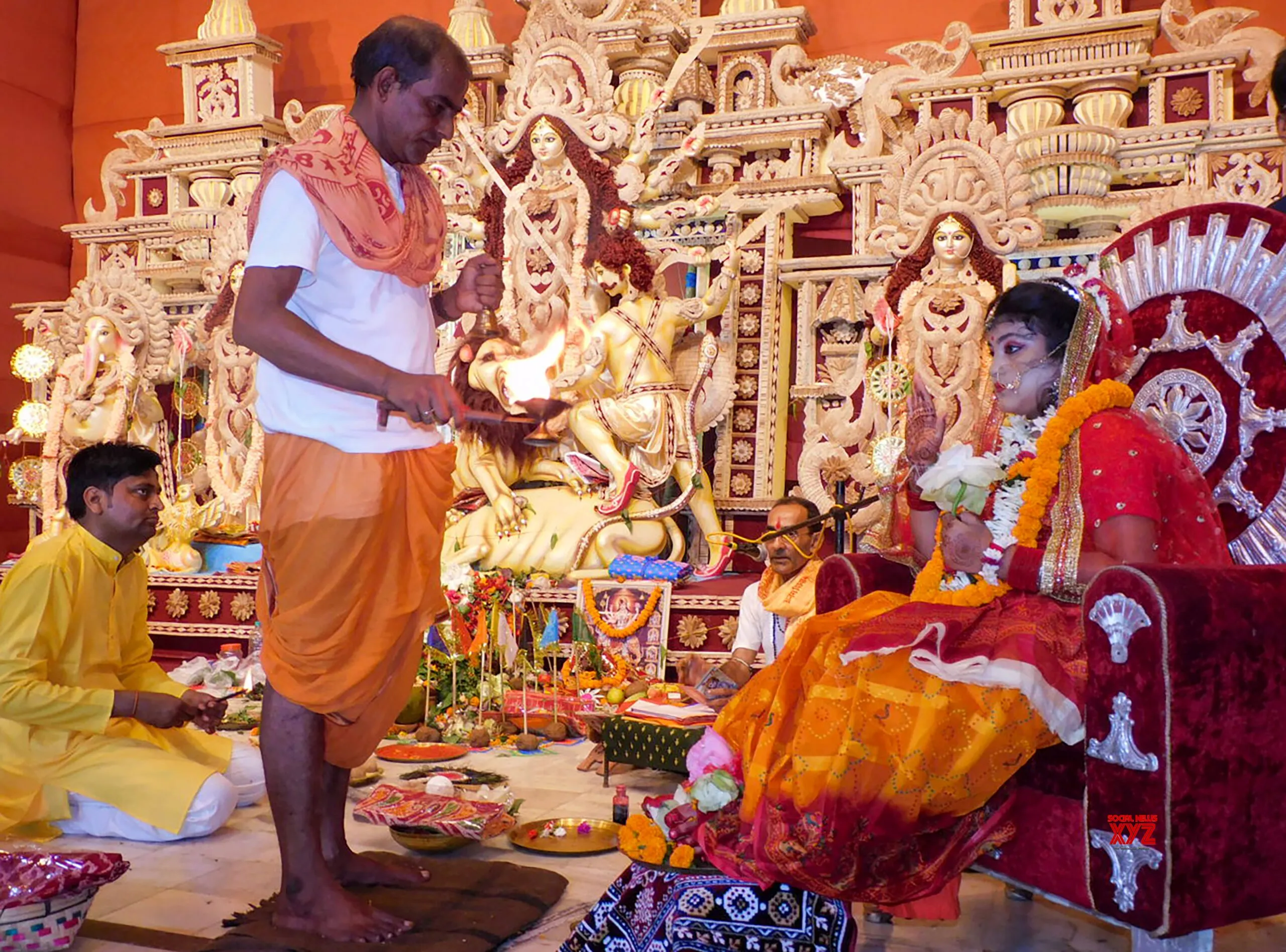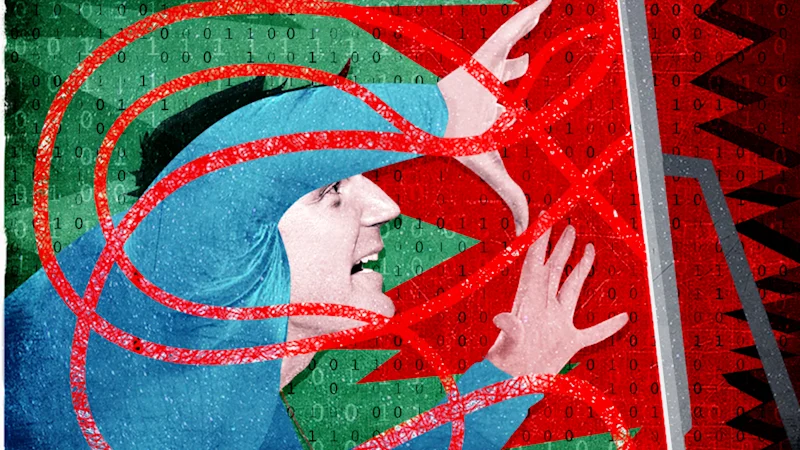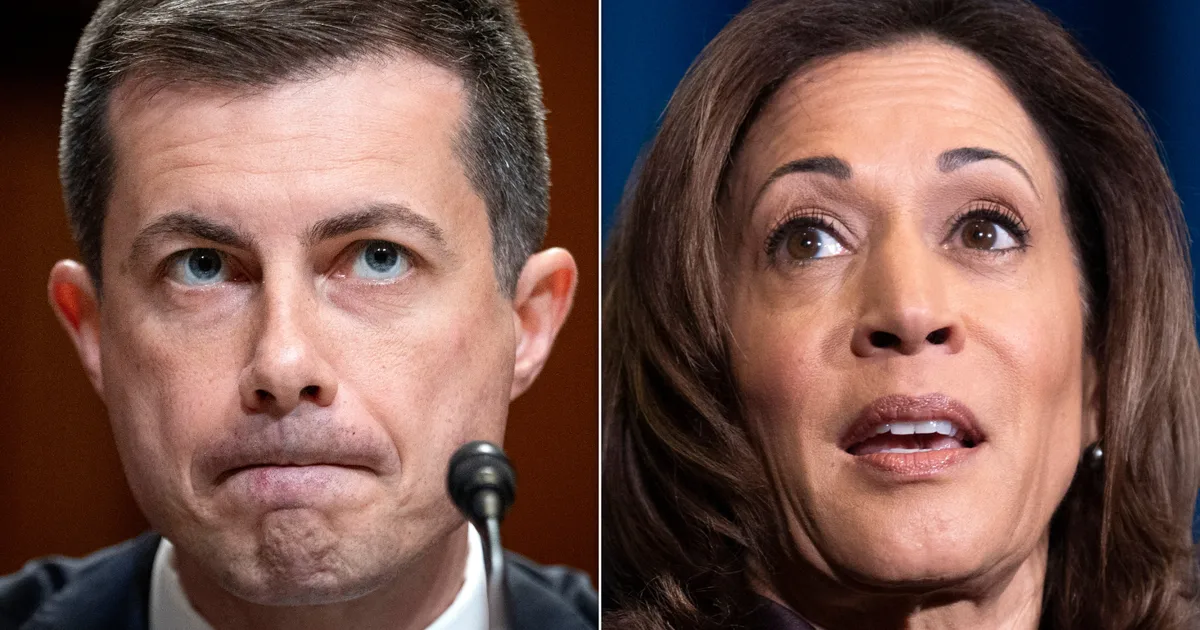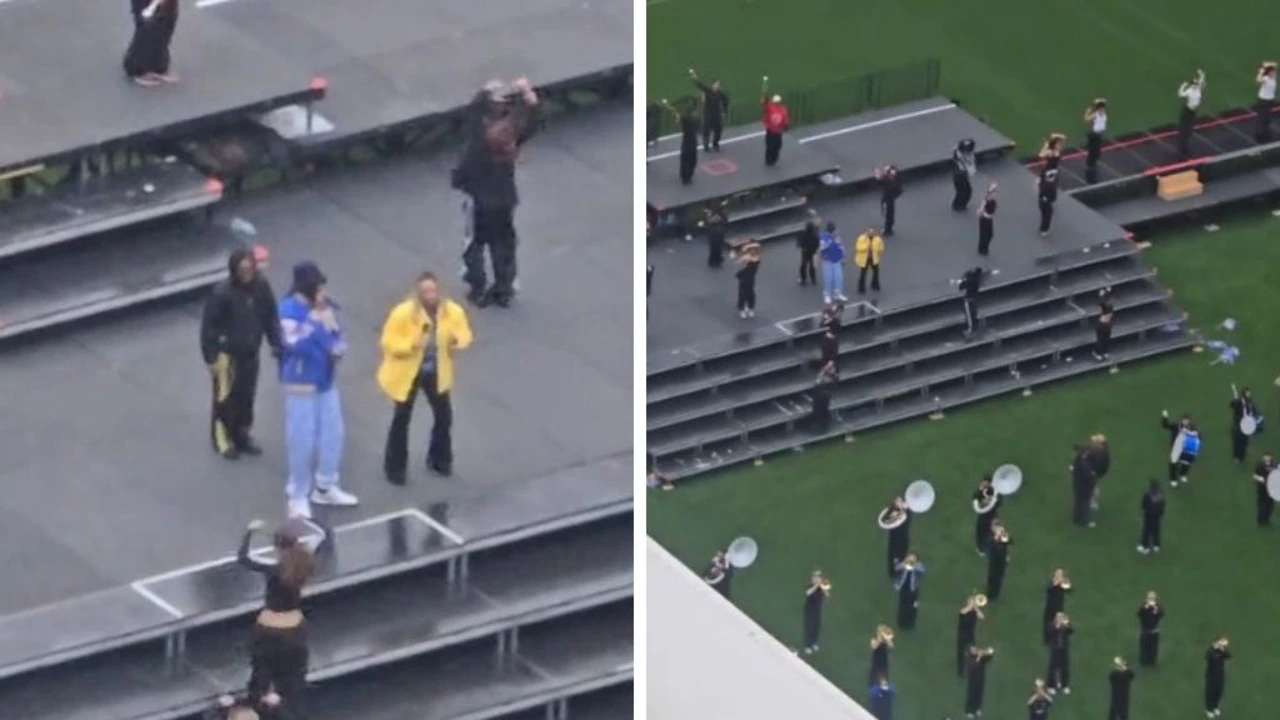By Dominique Soguel
Copyright csmonitor
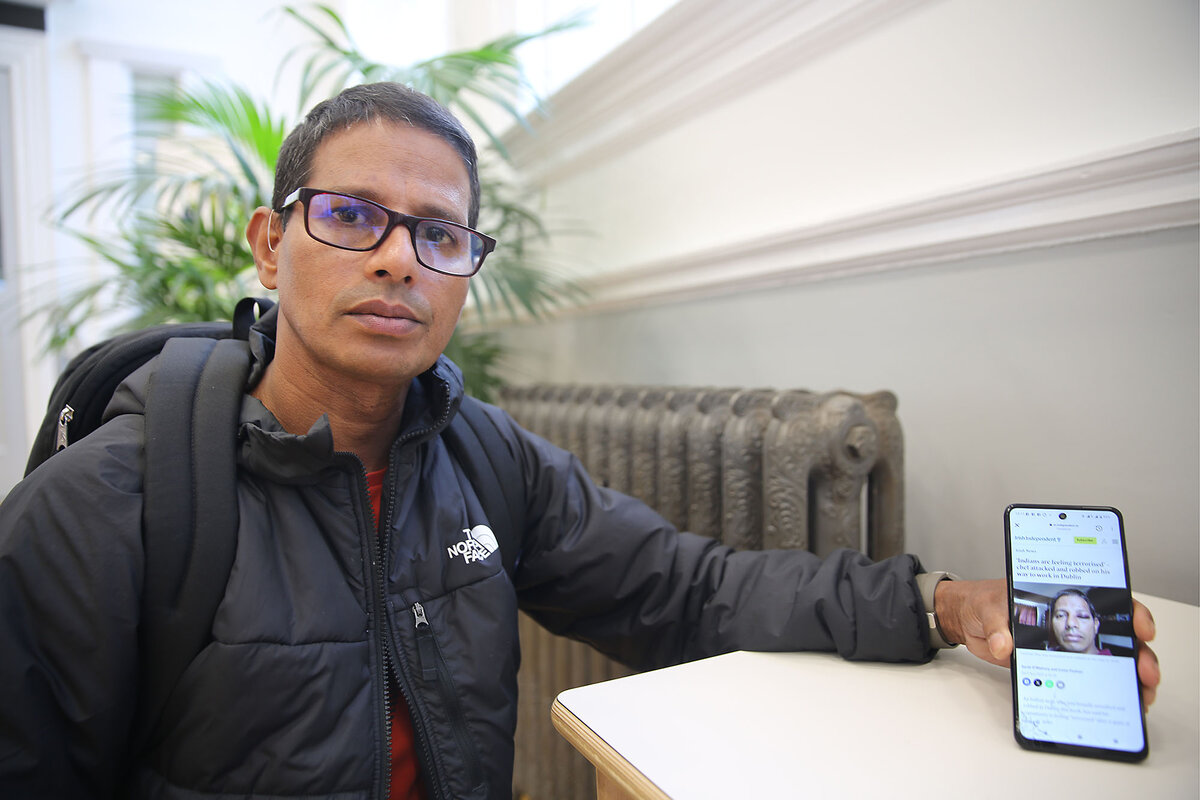
The sky was still dark in Dublin when Laxman Das, an award-winning chef from India and an Indian national, set out on his e-bike for work at a luxury hotel. Before he could reach the kitchen, three men jumped him, punching him in the head until his helmet cracked.
By the time he staggered to safety, Mr. Das had been robbed of two phones, his wallet, and his passport. More painfully, he lost the strong sense of security he had felt after living and working in Ireland for 20 years.
“I’m very scared now,” he says. He cannot be certain the crime was racially motivated, but the repeated blows to his face after he had already surrendered his belongings make him believe it was. “There’s been so many racist attacks here.”
His case is one of a string of recent assaults against Indians that have besmirched Ireland’s reputation as a welcoming nation. The Indian Embassy now warns its citizens to avoid deserted areas after dark, while families and office workers are quietly changing their routines.
This is all new for the Republic of Ireland. For years, anti-immigration sentiment, let alone violence, was rare and unorganized. No far-right political parties have found a footing in Ireland – the center-right is as conservative as viable Irish politics go. But analysts say that is changing, driven by the rise of a small far-right movement encouraged by social media influencers and counterparts in Britain and the United States.
“It’s a chronicle of a story foretold,” says Eugenia Siapera, co-director of the University College Dublin Centre for Digital Policy. “It’s the culmination of a variety of things, including an intensification of the circulation of hate speech, of scapegoating migrants.”
Grooming the Irish far right
For centuries, Irish people have left their island, spreading out as emigrants all over the world. That, coupled with the country’s troubled history as a colony of the British Empire, led it to develop a more tolerant tradition when it came to immigration to its own shores, compared with the rest of Europe. It fed the notion, says Lamia Tadjine, an organizer in Ireland’s antiracism movement, that “you don’t get to be Irish and racist, because … we have been the victims of racist violence and colonial violence.”
But over the past few decades, the traditional flow of people out of Ireland has reversed, and the country has become a destination. Since the turn of the millennium, it has added half a million people to its population – now over 5 million. More than 81% of those newcomers have Irish citizenship. Of those who don’t, the largest groups include British, Polish, Romanian, Indian, and Ukrainian.
That is why the rise in assaults against Indians, including in wealthier areas, has been so jarring. India and Ireland share a common history of struggle against British rule. Indians are deeply woven into Irish life, working in IT and health care, or studying at Irish universities. They are typically seen as a “good” migrant community.
But in just one month this year – between July 19 and Aug. 19 – there were 11 attacks against people of Indian origin in Ireland, according to the Ireland India Council, an independent institution focused on promoting cooperation between the two countries. The incidents included physical attacks in public spaces, a battery on a taxi driver with a bottle, and assaults on children as young as 6 years old. Several victims required hospital treatment.
“The violence itself is not new,” says Dr. Siapera, noting that minority taxi drivers and migrants sleeping rough have long been victims of assault. But the targeting of Indians in wealthier areas is novel. She says that violence most commonly breaks out in working-class neighborhoods, which are hardest hit by housing shortages and poverty. It is there that far-right narratives take root and twist social grievances into racist hostility.
Those narratives are fed by far-right activists such as Britain’s Stephen Yaxley-Lennon, aka Tommy Robinson, who has actively rallied his supporters in Ireland. Irish professional mixed martial arts fighter and political firebrand Conor McGregor has also fueled anti-migrant rhetoric, his swagger resonating with restive followers. And social media platforms such as TikTok and Telegram amplify anti-migrant messages.
“A lot of the funding that is coming from the far right is coming from the U.S.,” says Ebun Joseph, a Nigeria-born academic and founder of the Institute of Antiracism and Black Studies in Dublin. “They are grooming the Irish far right.”
When Dr. Joseph, who has been one of Ireland’s most prominent voices on race for nearly two decades, arrived in Ireland in 2002, racism was evident, but not menacing, she says. Back then, people’s curiosity felt genuine. “They were not asking, ‘How are you here?’ They were asking, ‘Who are you?’”
Now, she receives death threats. Curiosity about her background has curdled into suspicion, she says: “Are you an asylum seeker? Are you a sponger” living off the state?
Ms. Tadjine, the antiracism organizer, believes that the surge in far-right activity has been years in the making. “Irish people denied racist tendencies for so long that it festered,” she says. “Now, people feel emboldened to attack migrants and march against immigration.”
Fighting hate crimes
Among the Indian community, there are calls for stronger hate crime laws and for parents to be held accountable for their children’s actions. “At least penalize the parents,” says campaigner Nivedita Shukla, whose husband was assaulted by teenage boys in a Dublin suburb in 2023. No one was held responsible.
She argues that perpetrators are often minors and, therefore, get treated lightly. But her attempts to review official data on juvenile crime through freedom of information requests have been rejected.
Gardai figures show that reported hate crimes have risen steadily in recent years. In 2024, 676 hate crimes and hate-related incidents were recorded – up 4% from the previous year. The gardai – Ireland’s law enforcement body – insist they are responding robustly, pointing to nearly 600 diversity officers working nationwide. “We would like to reassure any person who has immigrated to Ireland that we are here to keep you safe,” the force said in a statement.
That does not convince Rahul, an Indian tech designer who asked that a pseudonym be used to hide his identity. For him, racist violence has changed everything.
Last October, he was attacked outside a mall by teenagers. One grabbed his cap, another punched him in the face and threatened to kill him while shouting, “Go back.” Bruised and shaken, he was stunned that no passers-by intervened.
Once so eager to settle that they bought a house here, Rahul and his partner no longer see Ireland as a place to raise children. “We don’t want to be scared for our lives or the lives of our kids,” he says. “After all we’ve seen, it’s definitely not going to be a place where we settle down.”
